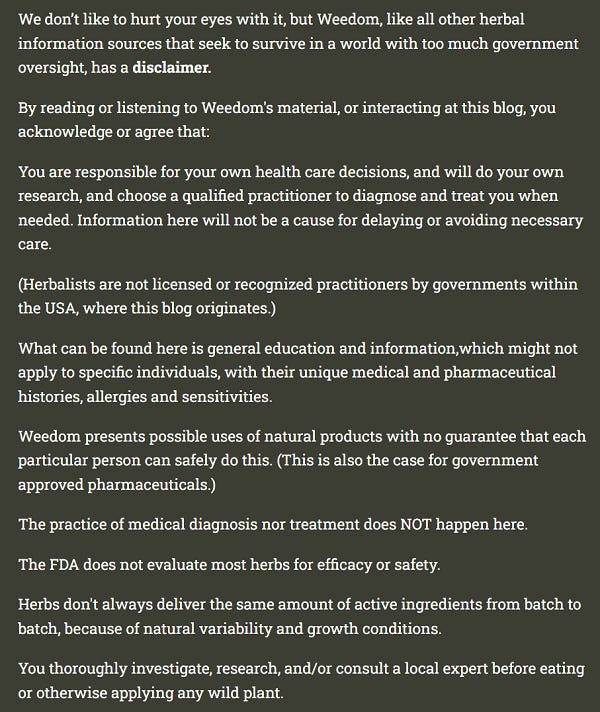One of winter’s big freezes is here, keeping the bug populations down, encouraging mobile members of all species to head south if they can. It demotivates us to stoke up the fire so we can cocoon as much as possible, looking at seed catalogs and the business paperwork. At weedom, we’re pretty normal, and go into slug-mode when it gets really cold. Extra caffeine is needed for brain activity, so we can prepare for farmers’ market season, and sort through inventory and know what’s needed for spring. So we put in a bulk order of coffee to push us through the rest of this month and into March. There’s a little roasted chicory root around to mellow out the brew and help prevent overdose.
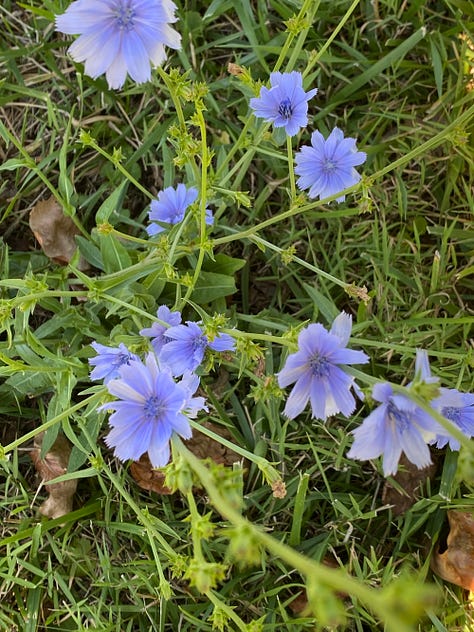

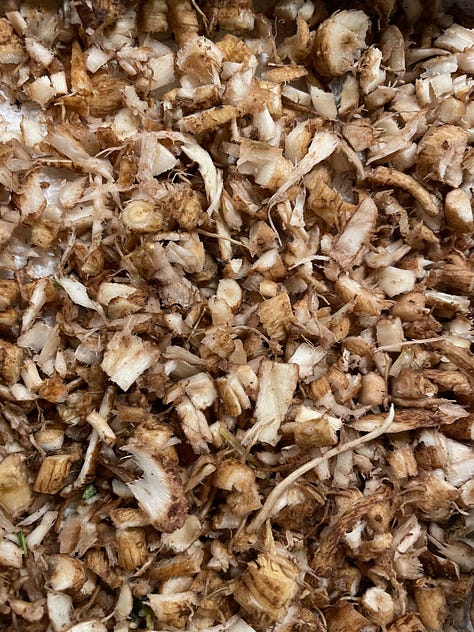
Having a little caffeine onboard, we’d now like to encourage our readers to further self education in the field of free food and medicine, and supply some educational resources to carry into the coming early spring. Other than SubStack hosting, Weedom is unaffiliated, so links are just what’s been found useful in the past. If we ever get an affiliation, we’ll tell you all about it.
These days, education cost has gone through the roof, and is putting people irreparably in debt. This is why we encourage you to go out and learn your local weeds first hand. It's perfectly OK to take your time learning to harvest, use and grow each plant, because you don't need a big variety to serve your needs. Though it's good to get authoritative information, it can be sort of paralyzing to get a firehose of material sprayed at you all at once as can happen in academia or some of the herbalist schools. The firehose method of such education in this area diminishes the dollar value of it over time. Never forget that almost all of the vital herb functions are available from plants growing in your own region, and yard-farming will reveal quite a bit of it to you.
Weedom is with you while money is tight. We want all to have the opportunity to access the herb information at their own pace, and whether or not they have tuition dollars for school. Free and paid versions of weedom are the same for this reason, and NO ONE has to feel guilty for ‘doing free weedom’. Whenever you share weedom with your friends, you’re totally earning your way around here. Our belief is that no one should have go into the debt-hole to get educated, and we want to put that into practice.
Though weedom often presents a weed per week for the sake of variety, this pace need not be followed. Most of our articles show you where more information is available so that you can dig deep if you want. Since the weedom archives is open, you don’t have to rush through any info. You can establish a weed of the month regimen, for example. That’ll make you a genius of local weeds within a few years. Once you see how many uses each herb can have, you’ll know that you don’t need so many different types to obtain sufficient benefits. It’s great to slowly learn each herb thoroughly, fully familiarizing yourself with its characteristics and uses. Herbalism is doable and affordable.
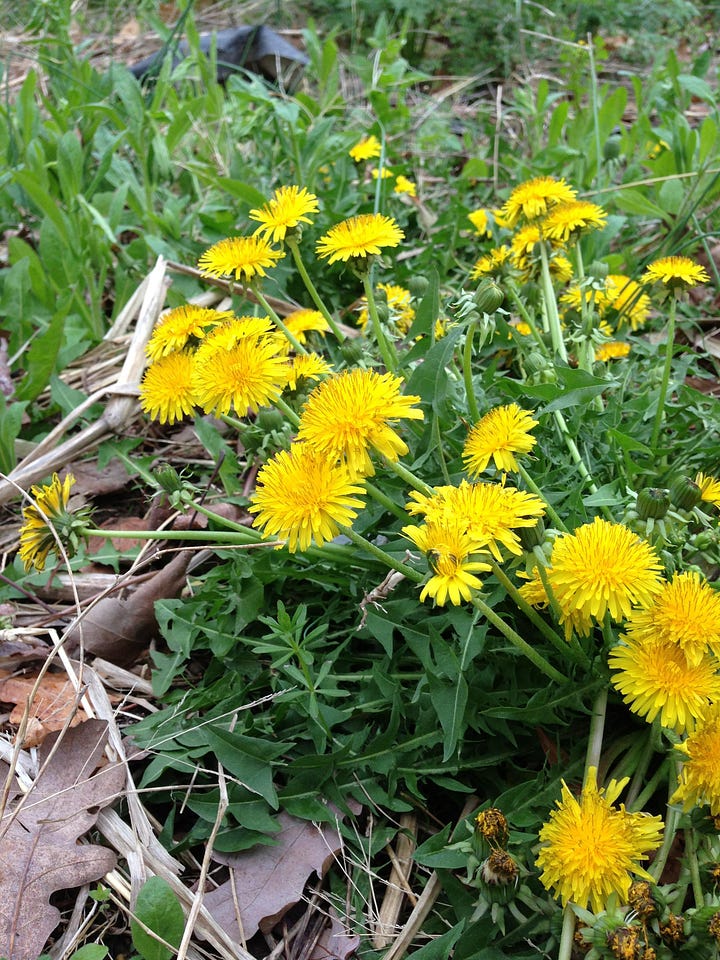
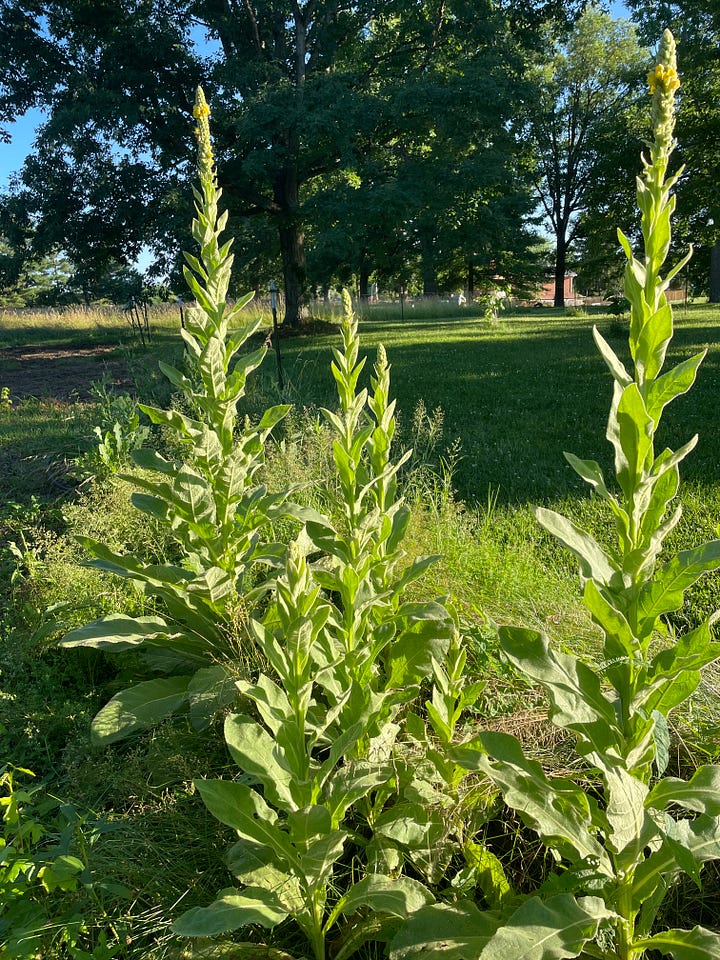
Some schools sell herb kits so you learn as you go to make the various medicinal forms of them. . Some of these small kits can be better than buying herbs by the pound and all the peripherals needed to do the lab portion of an herbal course. And this most often leaves you have a closet full of dose forms that you won’t be able to use before they expire. We would like our readers to be able to pick their own weeds, taste them, and make things from them fresh, cooked, roasted, dried, infused or tinctured as appropriate. Those without land can get a decent supply by offering to weed someone’s garden, or by growing some in containers. If you ever have to buy a pound of herbs that you won’t be able to utilize, trade some with your friends while they’re still fresh. We sometimes do that with kitchen spices to save money and resources. Shame to waste.
Put a weedom link on your start page. Even use it for bathroom reading. Some of our herbs help you go, either #1, #2 or both, and others can control excess of #2. We can be quite topical and inspirational in any setting. :-D
Have you noticed that it’s hard to identify plants from those tiny little pictures in the printed plant guides? You really can’t get down to species level with those things and even genus can be questionable. The cams of weedom show you some closeups of the real weeds growing here, and highlight important identifying characteristics. Now that digital file space is cheap, and file name length is almost unlimited we encourage you to put your phone cam to good use to build your own weed records.
Have you ever used the image recognition software apps on smartphones or online to identify a weed? At first these plant identification apps were fairly useless, mainly because they had insufficient data, but some are improving enough to allow you to narrow down your choices. Giving away your location on the app can narrow down plant choices further, but you can decide how you feel about your privacy (or utilize multiple devices as we do). Always double check in the botanical and agriculture resources that cover your region. Keep in mind that many useful landscape plants have escaped into the wild. Your local agricultural extension office gives info about these, often with the focus on eradicating them. These invasive plants can wipe out native species, so the sentiment is understandable. Teaching everyone how to use such an invader can help to keep it from taking over without spraying. When you see a new plant, and it sort of calls to you, investigate it, snap a picture, revisit it, watch its life cycle. Very often you’ll find that it’s useful for human food or medicine in some way.
Winter offers time for increased self-education. From time to time we’ll recognize people in the herbal field who have demonstrated exceptional skills, and/or nerd power worthy of your attention. Two standouts in both areas are Thomas Easley and Richo Cech. They have authored excellent books which are housed in the library at weedom.
Richo Cech is well known for his instructions on propagating exotic medicinal plants or growing them from seed. His Strictly Medicinal Seeds site is a resource for purchasing seeds and plants, which is even more valuable for the instructions on how to get them to germinate and grow. Each plant has its own unique requirements. He’ll teach you which seeds require stratification or scarification, and which seeds should be buried or left above ground for successful germination. He has also written several books, with more on the way on growing and making medicine. Richo Cech is a natural writer, with the ability to make instructional material quite enjoyable by interspersing it with his personal experiences and observations.
Thomas Easley clearly teaches effective methodology for extraction of medicine from the herbs. By the time you finish watching his inimitable presentation on percolation, you’ll know why this method is faster and more effective for producing tinctures. Watching his videos is time well spent particularly if you’re new to medicine making. He’s a coauthor of The Modern Herbal Dispensatory with Steven Horne, a accessible and reliable herbal formulary and manual for home medicine making. Thomas Easley also knows tech, and has some really interesting things to say about artificial intelligence which is going to revolutionize access to herbal knowledge as well as every other base of information.
What’s your favorite herbal reference? Do you listen to any herbalist podcasts that you’d recommend? Who’s your favorite teacher? Let us know what you think! Wishing warmth to all who are experiencing real winter, and envying the rest of you down under :-D







